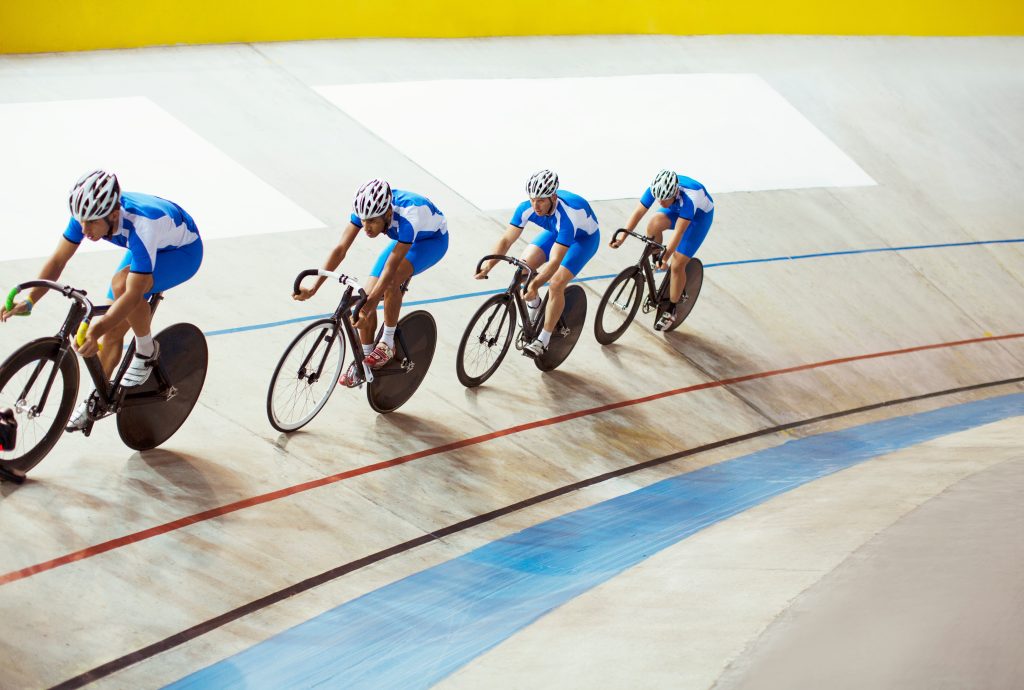
The latest Hague Yearly Review [1] of industrial designs filed under the Hague system shows that the number of international applications filed in 2019 increased by 8% compared to 2018. However, the total number of applications filed last year still remains fairly low, at 5,886 – in contrast the UK IPO alone received roughly 25,500 direct applications in 2019, according to official statistics [2]. This begs the question – is the Hague system underused by design applicants?
The Hague system allows applicants to register simultaneously one or more industrial designs in any of 74 contracting parties, which covers 91 countries, allowing for design protection in the EU, Japan, and the US, by a paying a single filing fee in one currency. This ‘centralised’ registration can save significant administrative time and costs compared to filing separately in each territory and allows many national applications to be filed in a single language. The administration of each of the national registrations can be managed centrally at the WIPO. If a change of name or address of the design holder is anticipated, the Hague system may therefore be a particularly attractive option to avoid further administration costs. Once an international application has been filed, each designated contracting state then individually examines the registered designs according to their local substantive legislature.
Meeting the requirements of several national jurisdictions can be tricky, and corrections must still be handled at a national level. The various requirements of each contracting party can vary quite substantially. For example, unlike the UK or Europe, in the US it is difficult to obtain protection for multiple designs in a single application unless the designs can be shown to be ‘essentially the same’ [3]. When international applications containing multiple designs designate the US, the resulting US national application may be required to be split into several divisional applications, which can incur extra costs [4]. This complication is reflected in the Hague Yearly Review – international applications designating the US had the third lowest number of designs per application, just above Canada and Japan, which have similar restrictions in their domestic legislature.
Applicants may rightfully be wary of additional complications which can arise due to other partially conflicting rules between the various domestic legislatures. Indeed, different countries can have fundamentally different formal requirements, such as the need for shading in representations or the acceptability of broken lines for disclaimers, which may leave the applicant physically unable to meet all requirements on filing. Such differences in requirements can cause headaches when changes must be made after filing and may even result in unintended effects on the scope of protection where features of design representations are interpreted in different ways in different countries. Restrictions and problems like these may currently represent the highest barrier to uptake of the Hague system.
Another nuisance is that a number of large markets, such as China, Brazil and India, are not currently contracting parties to the agreement. China, at least, may soon be joining the system. Recent WIPO meeting notes [5] suggest that China’s accession to the Geneva (1999) Act of the Hague Agreement is likely in the ’near future’. It is likely that the addition of China into the agreement could contribute significantly to further adoption of the Hague system by international designs filers.
The latest Hague Yearly Review [1] indicates that applicants are increasingly designating the UK in international applications. In fact, in 2019, 225% more international designs were filed designating the UK compared with 2018. 2019 also saw an increase of 47.3% in international designs filed which originated from the UK. Interestingly, this stands in spite of a 2.4% drop in UK design applications filed directly at the UK IPO [2]. This could indicate the start of a trend of applicants seeking UK protection moving towards the Hague system in order to conveniently file in the UK and the EU as Brexit implications approach. That being said, in 2019 the uptake in UK-originated international designs was still not enough to account for the total drop in direct UK filings. It will be interesting to monitor how this trend develops post-Brexit.
In terms of cost-efficiency, UK and European applicants will not be making savings on official fees by designating only the UK and Europe. This is in part due to the fact that the UK has relatively low fees in connection with the filing of industrial designs, which typically undercut the international filing fee. Still, the additional cost of using the Hague system is less than £100, which for some may justify the added convenience of filing only a single application. Certainly, there is added convenience in how closely harmonised the design law is between Europe and the UK, which helps to avoid procedural complications. The cost-efficiency of the Hague system would seem to tip in an applicant’s favour as other territories are included in the registration, provided the problems noted above for other territories can be safely navigated.
Overall, the Hague system has clear administrative advantages, particularly if a change in name or address of the design rights holder is anticipated, and shows potential for cost-saving. However, there remain some sticking points that prevent the Hague system from being as widely adopted as the PCT system for patents, including the absence of some key markets and potentially significant problems that come from varying national requirements. For now, it seems that design filers are right to be wary of relying on the Hague system, but with the UK’s departure from the EU, for European filers, the balance may have tipped further towards favouring uptake of The Hague system.
References
[1] WIPO (2020), Hague Yearly Review 2020: International Registration of Industrial Designs, Geneva: WIPO.
[2] UK IPO Official Statistics Facts and figures: patent, trade mark, design and hearing data: 2019; Updated 2 June 2020; Link: https://www.gov.uk/government/publications/facts-and-figures-patent-trade-mark-design-and-hearing-data-2019/facts-and-figures-patent-trade-mark-design-and-hearing-data-2019#further-information
[3] MPEP §§ 1502.01(D) and 1504.05; In re Rubinfield, 270 F.2d 391, 395 (C.C.P.A. 1959) and 37 C.F.R § 1.1064.
[4] 35 U.S.C. § 121.
[5] Working Group on the Legal Development of the Hague System for the International Registration of Industrial Designs; Eighth Session; Meeting code: H/LD/WG/8/5; Link: https://www.wipo.int/edocs/mdocs/hague/en/h_ld_wg_8/h_ld_wg_8_www_455615.pdf


